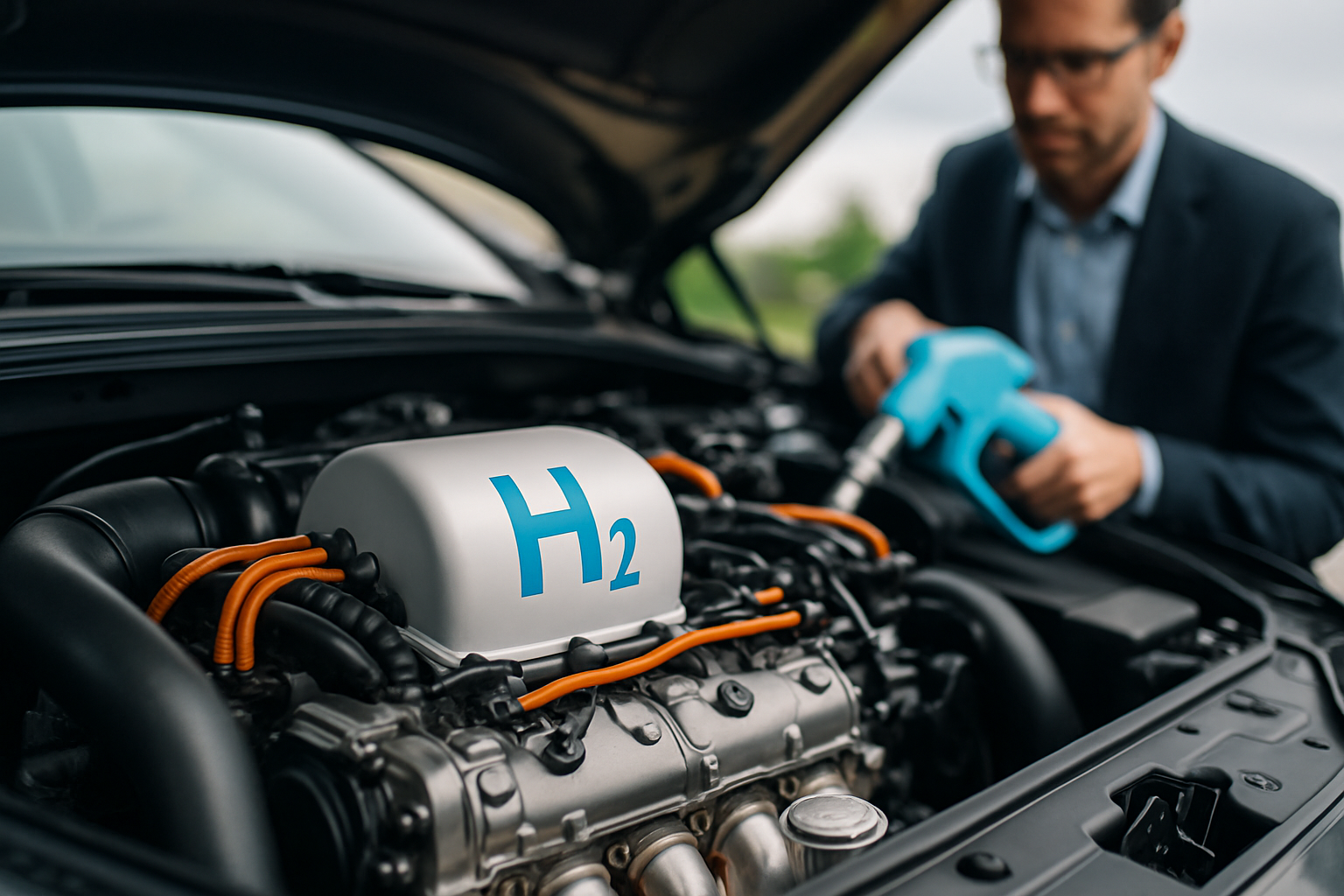Hydrogen Internal Combustion Engines: A New Horizon
In the ever-evolving landscape of automotive technology, a revolutionary propulsion system is gaining traction. Hydrogen internal combustion engines (H2ICE) represent a groundbreaking approach to sustainable transportation, combining the familiarity of traditional engine designs with the clean-burning properties of hydrogen fuel. This innovative technology promises to reshape our understanding of eco-friendly vehicles while preserving the visceral thrill of internal combustion. As we delve into the world of H2ICE, we'll explore its potential to transform the automotive industry and address pressing environmental concerns.

How Hydrogen Combustion Works
At its core, a hydrogen internal combustion engine operates on principles similar to gasoline engines. The key difference lies in the fuel: hydrogen, instead of gasoline, is injected into the combustion chamber. When ignited, hydrogen reacts with oxygen to produce energy, with water vapor as the primary byproduct. This clean combustion process eliminates carbon emissions entirely, making H2ICE an attractive option for reducing greenhouse gas emissions in the transportation sector.
Advantages Over Battery Electric Vehicles
While battery electric vehicles (BEVs) have dominated the eco-friendly car market, H2ICE offers several distinct advantages. Refueling a hydrogen-powered vehicle takes only minutes, comparable to filling up a gasoline tank, addressing the long charging times associated with BEVs. Additionally, hydrogen fuel cells maintain their energy density in cold weather, unlike lithium-ion batteries which can see significant range reductions in low temperatures.
Technical Challenges and Innovations
Developing efficient and reliable H2ICE systems presents unique engineering challenges. Hydrogen’s low density requires specialized fuel injection systems and storage solutions. Engineers have made significant strides in developing high-pressure direct injection systems that optimize fuel delivery and combustion efficiency. Moreover, advanced materials and designs for hydrogen storage tanks have improved safety and increased the potential driving range of H2ICE vehicles.
Environmental Impact and Sustainability
The environmental benefits of H2ICE are substantial, particularly when hydrogen is produced using renewable energy sources. Green hydrogen, generated through electrolysis powered by solar or wind energy, creates a truly zero-emission fuel cycle. This closed-loop system has the potential to dramatically reduce the carbon footprint of personal and commercial transportation, aligning with global efforts to combat climate change.
Performance and Driving Experience
Contrary to the misconception that eco-friendly vehicles lack performance, H2ICE powertrains can deliver impressive power and torque. The rapid combustion of hydrogen allows for high engine speeds and quick throttle response. Some prototype H2ICE vehicles have demonstrated acceleration and top speeds comparable to their gasoline-powered counterparts, challenging the notion that green technology must compromise driving dynamics.
Infrastructure and Adoption Challenges
Despite its promise, widespread adoption of H2ICE faces significant hurdles. The lack of hydrogen refueling infrastructure remains a primary obstacle. Building a network of hydrogen stations requires substantial investment and coordination between governments, energy companies, and automakers. Additionally, the current cost of hydrogen fuel production and distribution makes H2ICE vehicles less economically competitive than traditional or battery electric options.
Future Prospects and Industry Outlook
As the automotive industry continues to diversify its approach to sustainable transportation, H2ICE technology is poised to play a significant role. Major automakers are investing in research and development, with several concept vehicles and prototypes already showcasing the potential of hydrogen combustion. The technology’s compatibility with existing manufacturing processes could accelerate its integration into mainstream vehicle production.
Conclusion
Hydrogen internal combustion engines represent a fascinating convergence of traditional automotive engineering and cutting-edge clean energy technology. As the world grapples with the urgent need to reduce carbon emissions, H2ICE offers a compelling alternative that preserves the essence of internal combustion while eliminating its environmental drawbacks. While challenges remain, the potential of hydrogen combustion to revolutionize the automotive landscape is undeniable. As research progresses and infrastructure develops, we may soon see H2ICE vehicles becoming a common sight on roads worldwide, ushering in a new era of sustainable mobility.





